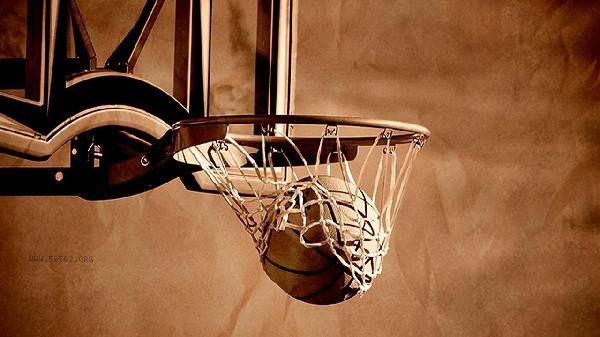Basketball and strength training can be arranged alternately, and it is recommended to combine 3-4 basketball training sessions with 2-3 strength training sessions per week. Reasonable arrangements need to consider complementary exercise intensity, recovery time, and personal goals, mainly including five key points: physical fitness allocation, specialized strengthening, cycle planning, nutritional supplementation, and fatigue monitoring.

1. Physical fitness allocation
Basketball is a high-intensity intermittent exercise that requires high cardiovascular endurance and explosive power. It is recommended to focus strength training on non match days or 24 hours before basketball training. Lower limb strength training can be scheduled 48 hours after basketball training to avoid muscle fatigue caused by continuous lower limb weight-bearing exercises. Upper limb and core training can be staggered with basketball days, such as Monday basketball combined with Thursday upper limb push training.
2. Specialized Enhancement
For the jumping and turning abilities required for basketball, strength training should focus on composite movements such as squats and hard pulls to enhance lower limb explosiveness. Single leg training such as Bulgarian split leg squats can enhance stability. Supplementing protein within 30 minutes after basketball training can help with muscle repair, and coordination exercises such as agility ladders can be added after strength training.
3. Periodic Plan
In the early stages of the season, the frequency of strength training can be increased to 3 times a week, with a focus on improving basic strength; During the season, it will be adjusted to 1-2 maintenance training, mainly focusing on light weight and fast rhythm. The off-season is suitable for muscle building cycles, adopting the principle of gradual overload. Three whole-body differentiation training sessions are arranged per week, combined with low-intensity basketball technique exercises.

4. Nutritional supplementation
On basketball training days, it is necessary to increase carbohydrate intake to ensure glycogen reserves, and timely supplement whey protein and branched chain amino acids after strength training. Moderate electrolyte supplementation before and after high-intensity training, daily intake of more than 1.5 grams of protein per kilogram of body weight, and high-quality protein and fast carbon supplementation within 2 hours after training.
5. Fatigue Monitoring
When the resting heart rate continues to rise above the baseline value by more than 10% in the morning, the training volume should be adjusted. If joint pain occurs after basketball training, corresponding strength training should be reduced. Use a sports wristband to monitor sleep quality, control rest between strength training groups within 90 seconds to avoid physical loss, and conduct a maximum oxygen uptake test once a month to evaluate physical progress. When combining basketball with strength training, it is recommended to have technical training in the morning and strength exercises in the afternoon or evening, with a minimum interval of 6 hours between the two. After training, use a foam shaft to relax the quadriceps and hamstrings. A cold bath can help reduce muscle inflammation. In the long-term plan, training variables need to be adjusted every 8-12 weeks to periodically reduce the intensity of basketball games and increase strength training to avoid plateau periods. Pay attention to supplementing magnesium in diet to prevent muscle spasms. Vitamin D deficiency may affect explosive performance. If necessary, perform blood routine testing to adjust the nutritional plan.







Comments (0)
Leave a Comment
No comments yet
Be the first to share your thoughts!